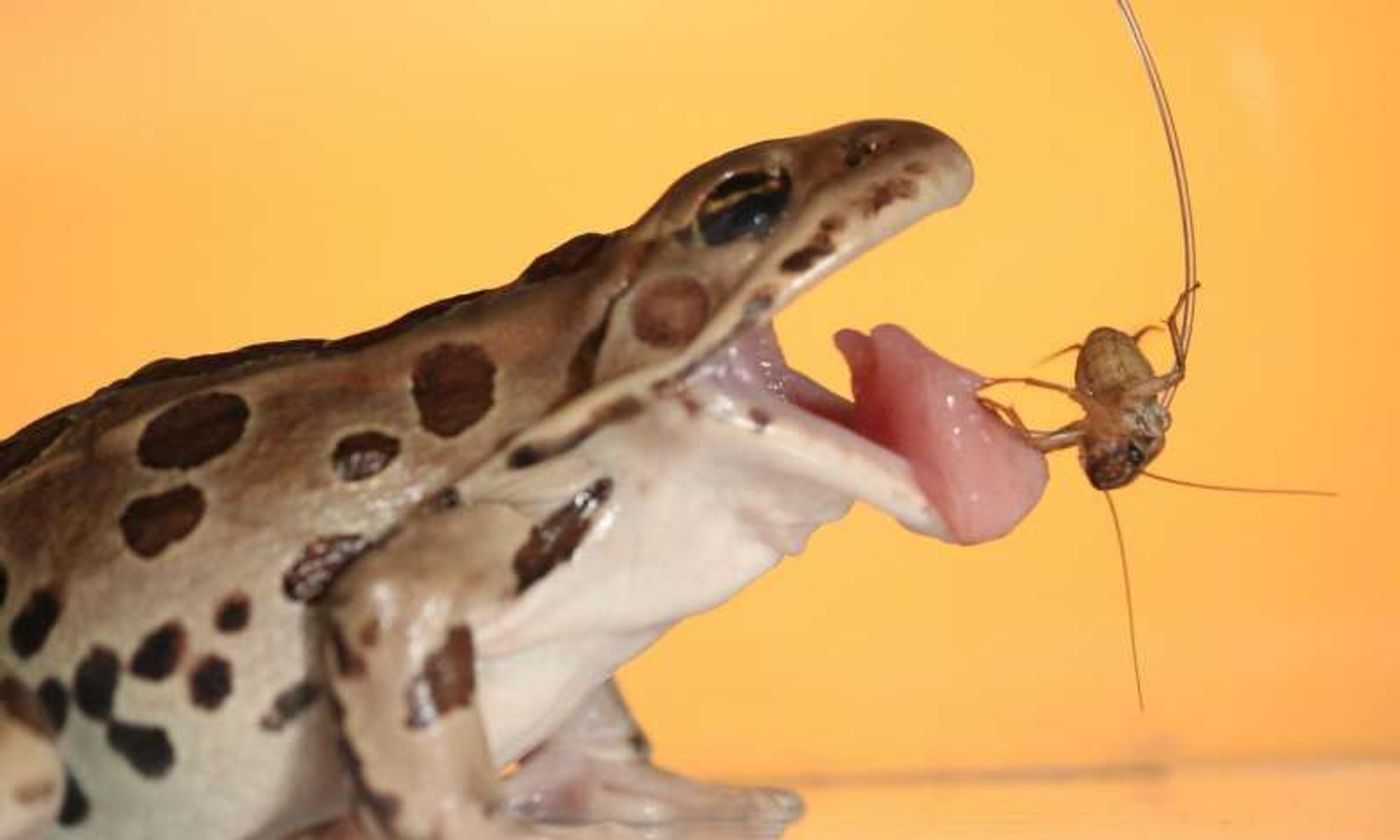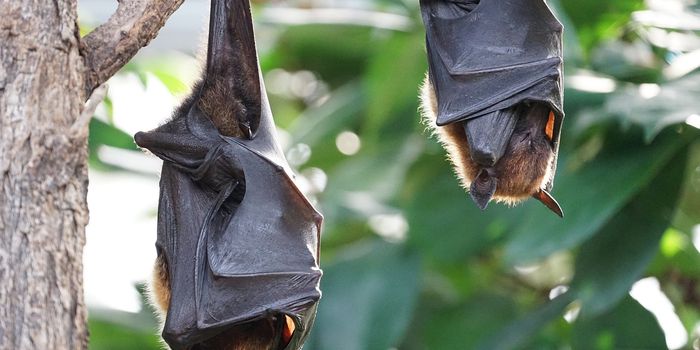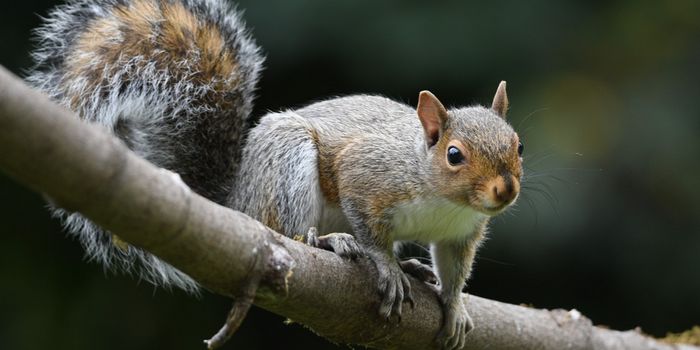Here's the Secret to a Frog's Sticky Tongue
You’ve all probably seen it: a frog snatching a fly in mid-air with its tongue. Whether you’ve seen it in a slow-motion science video or even a cartoon, almost everyone everywhere knows about their unique capability, which involves a super-sticky tongue that can trap insects (or in some cases, much larger prey like birds) and help the frog eat their lunch.
But what’s the actual secret behind that incredible feat anyways? After all… not all tongues are sticky, especially when wet and coated in saliva, so do frogs have some kind of super power?
Image Credit: Candler Hobbs/Georgia Tech
By the looks of things, they probably do; and the trick is all in their saliva. According to a study published in the Journal of the Royal Society Interface, frogs utilize a special kind of saliva that becomes thick and sticky very quickly when the amphibian extends its tongue for a snack.
This, being referred to as ‘reversible saliva,’ enables the fluid to go from being wet and viscous to thick and sticky like honey in the spans of time that it takes for the tongue to leave the frog’s mouth and then return with the prey stuck to it.
In addition to this, frog tongues are made of extremely soft tissue that makes our tongues look like concrete bricks. The tissue of a frog’s tongue is about the same softness of brain tissue, or 10 times softer than a human tongue.
This softness makes it more effective at sticking to things in combination with the sticky saliva; so much so that it’s about 50 times stickier than any synthetic sticky polymers we’ve ever been able to engineer in the lab.
During the bug-eating process, frog saliva goes through viscosity phases very rapdily during use. The process is outlined by Georgia Tech researchers who studied frog tongue properties by taking samples, poking and prodding frog tongues, and recording the physics during which a frog tongue escapes the mouth and then returns.
"There are actually three phases," said Georgia Tech mechanical engineering student and study lead author Alexis Noel. "When the tongue first hits the insect, the saliva is almost like water and fills all the bug's crevices. Then, when the tongue snaps back, the saliva changes and becomes more viscous—thicker than honey, actually—gripping the insect for the ride back. The saliva turns watery again when the insect is sheared off inside the mouth."
Because we are only just beginning to understand the properties of frog spit at its fullest potential, some researchers are wondering as to how we can use what we learn from this research to produce better sticky polymers that could be used for Band-Aids and other man-made tools that require use of adhesives.
Learning that the softness of frog tongue tissue works together with the sticky honey-like saliva means that maybe we need to re-think the way we engineer some of our typical household products to be softer rather than stiff and rigid.
"Most adhesives that have been created are stiff, especially tape," said professor David Hu, a co-author of the study. "Frog tongues can attach and reattach with soft, special properties that are extremely stickier than typical materials. Perhaps this technology could be used for new Band-Aids. Or it could be used to create new materials in soft manufacturing."
While researchers are only scratching the tip of the iceberg with this discovery, it’s hoped that more chemical analyses in the department of frog spit can help revolutionize the way the world uses versatile sticky bonding agents.
Source: Phys.org









